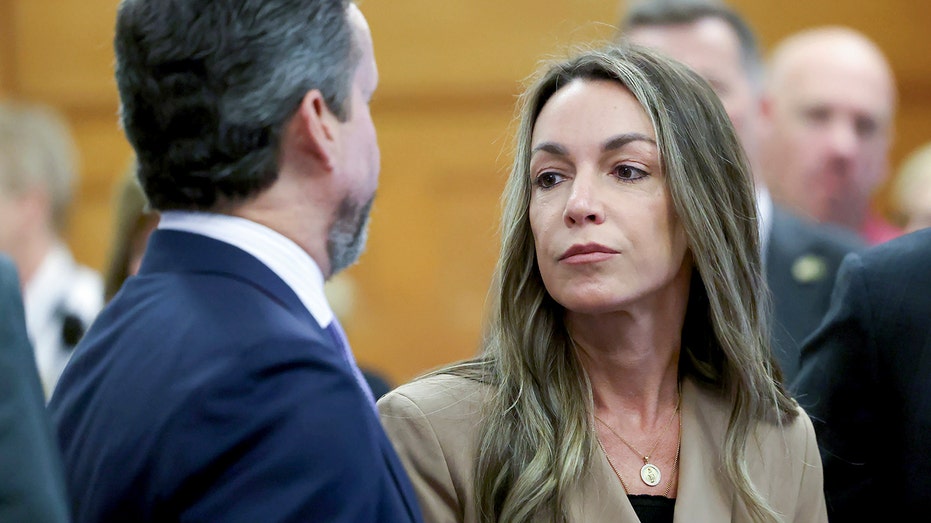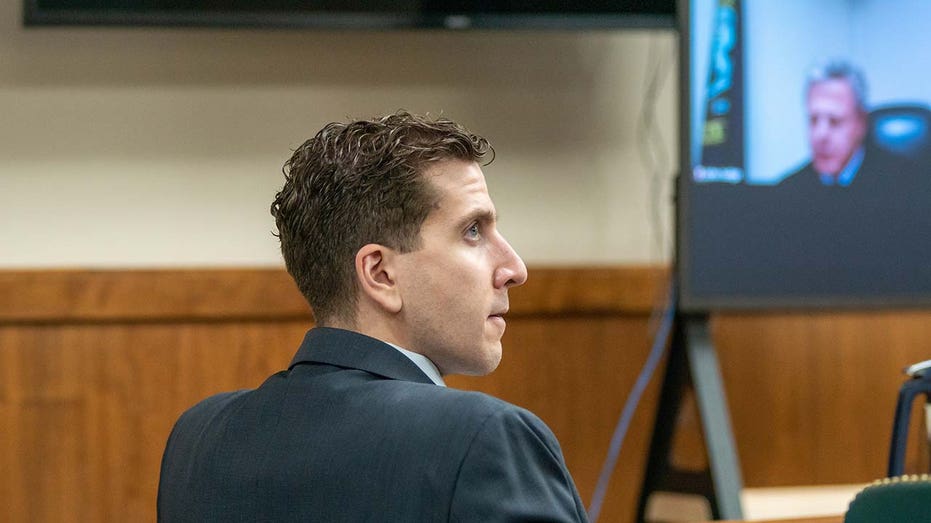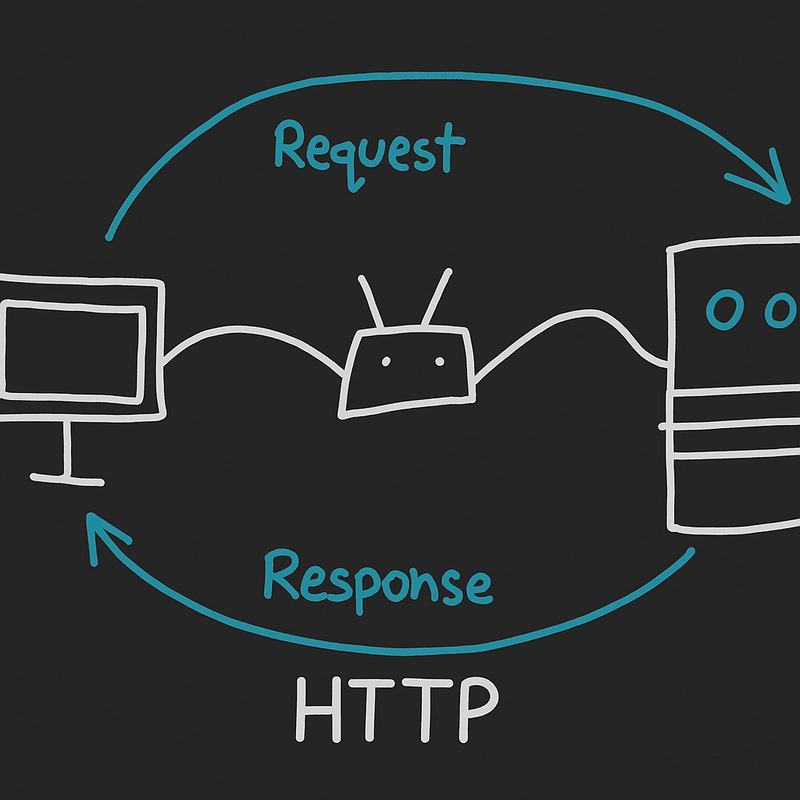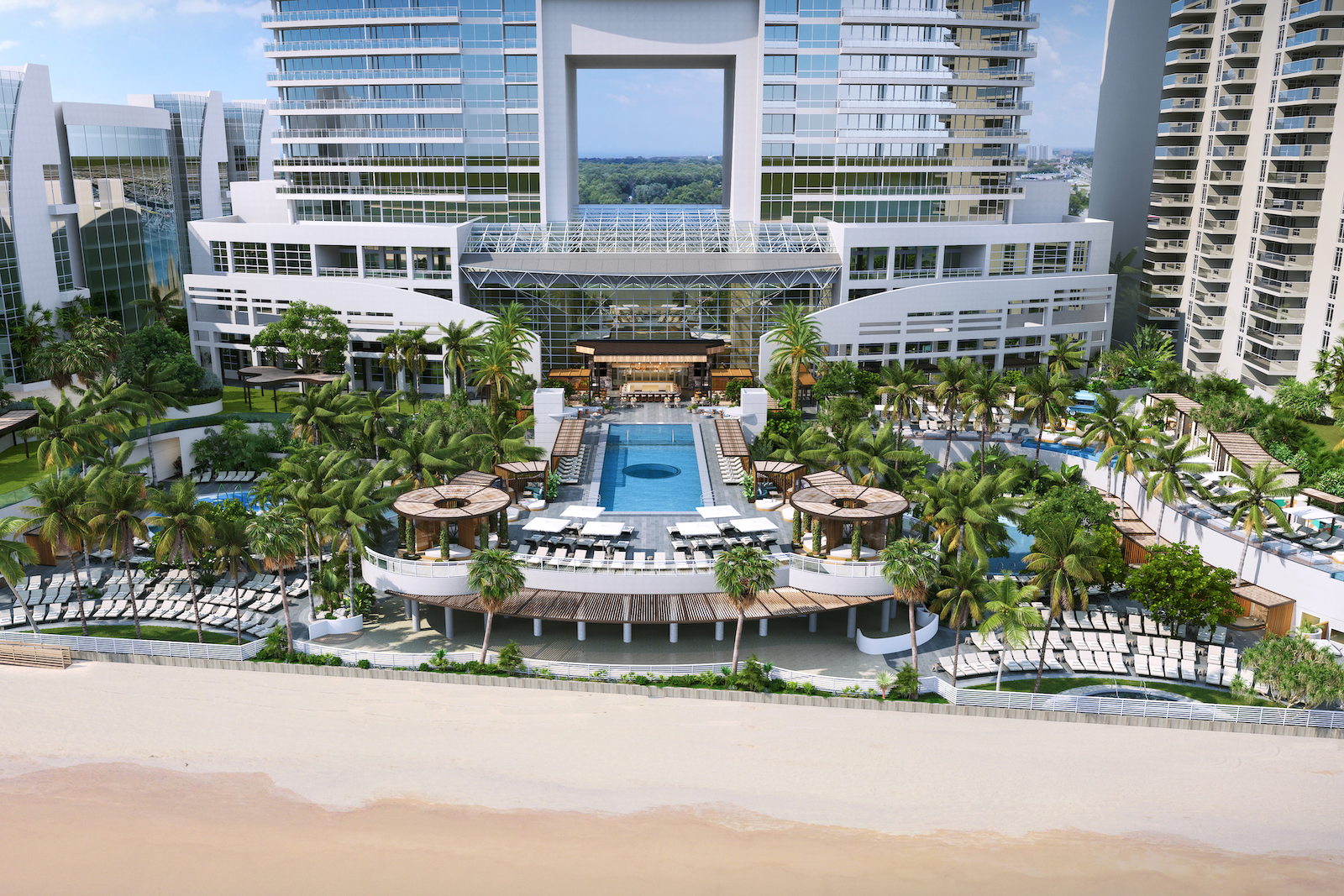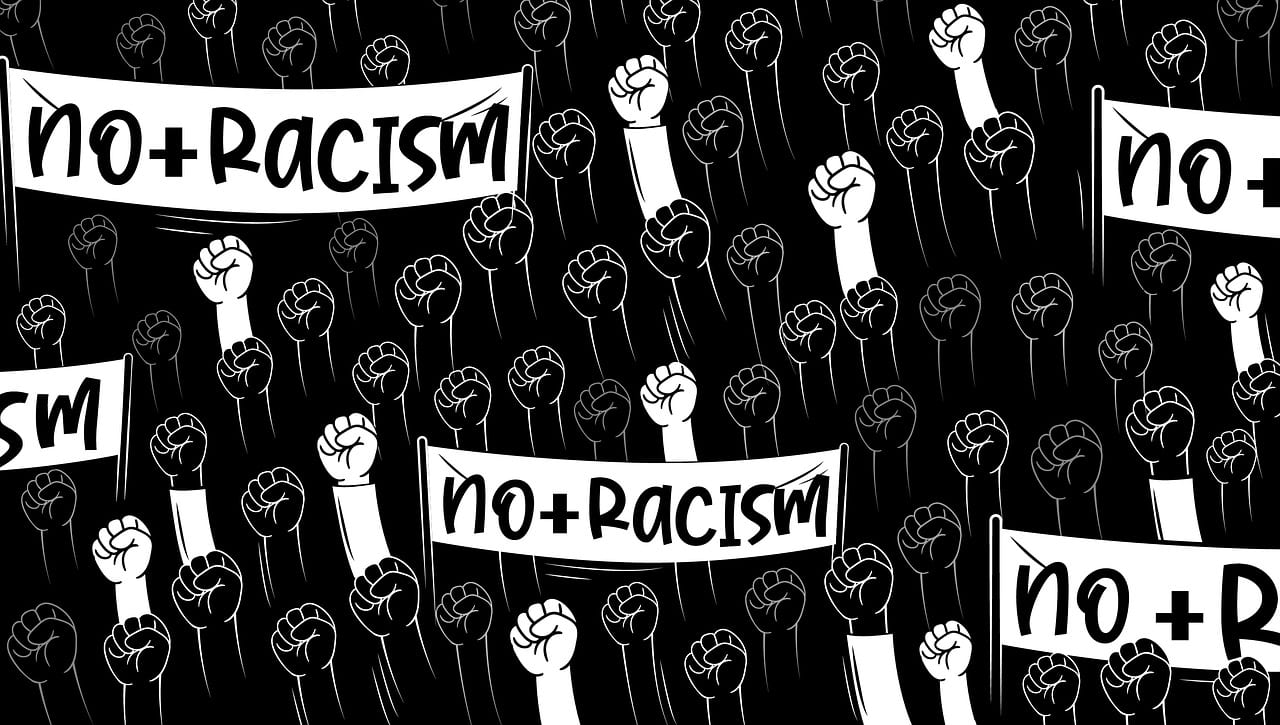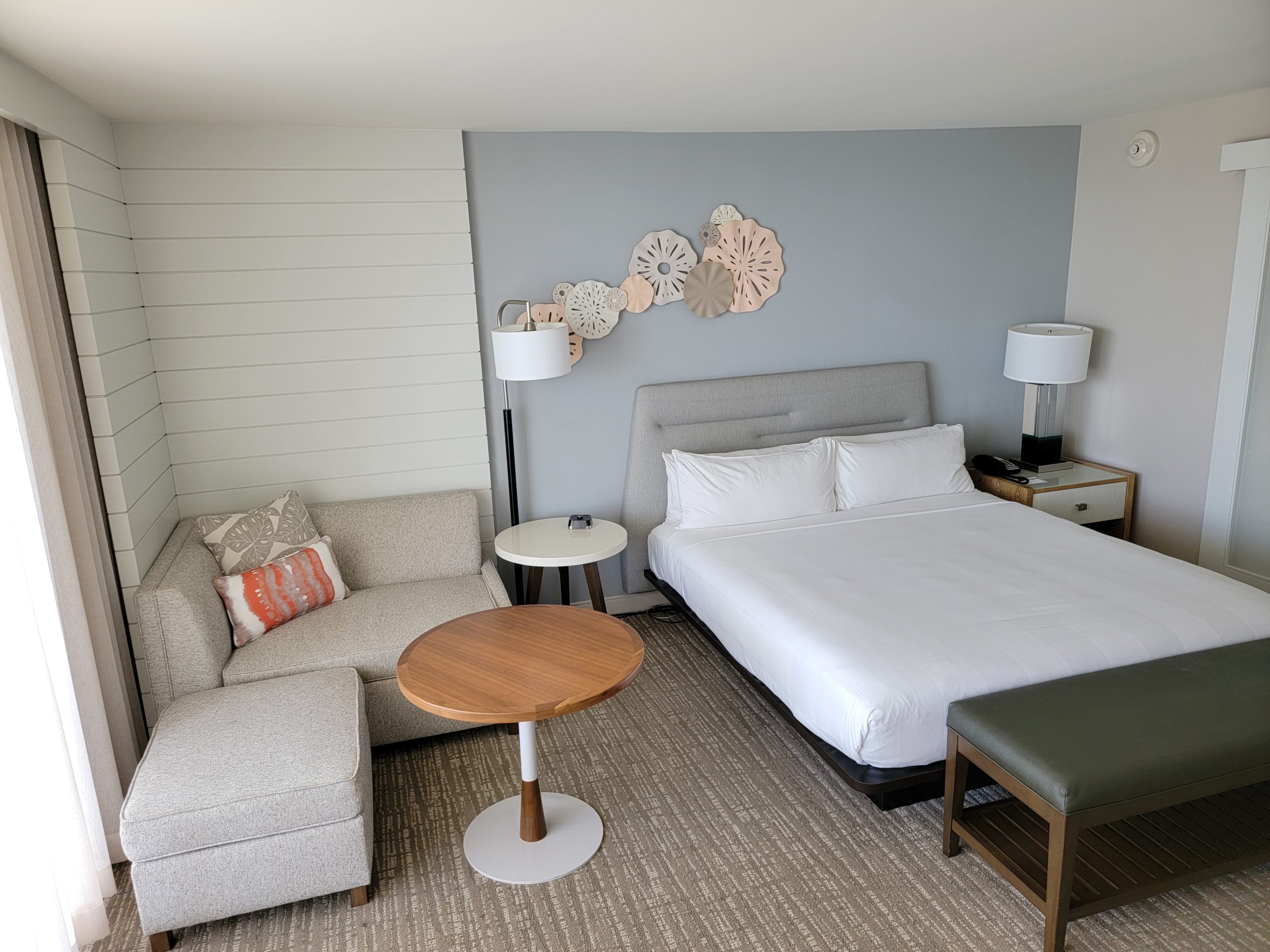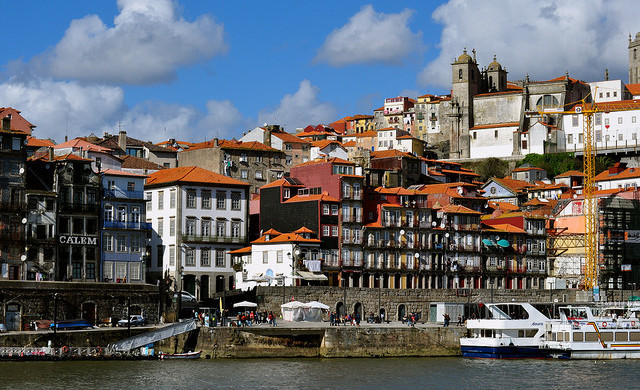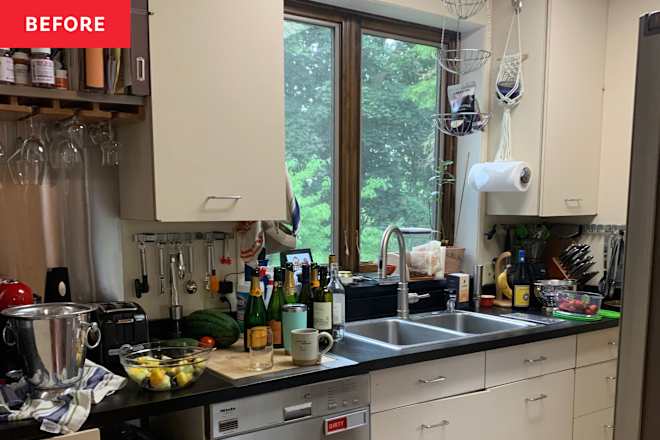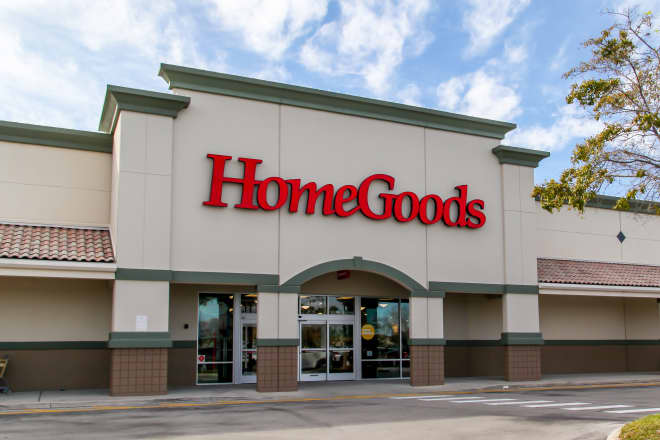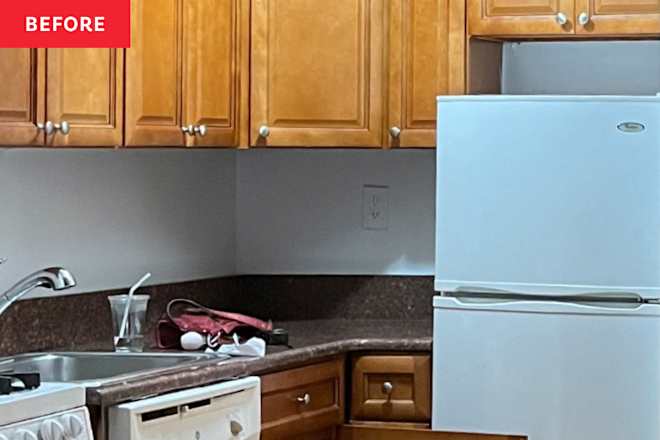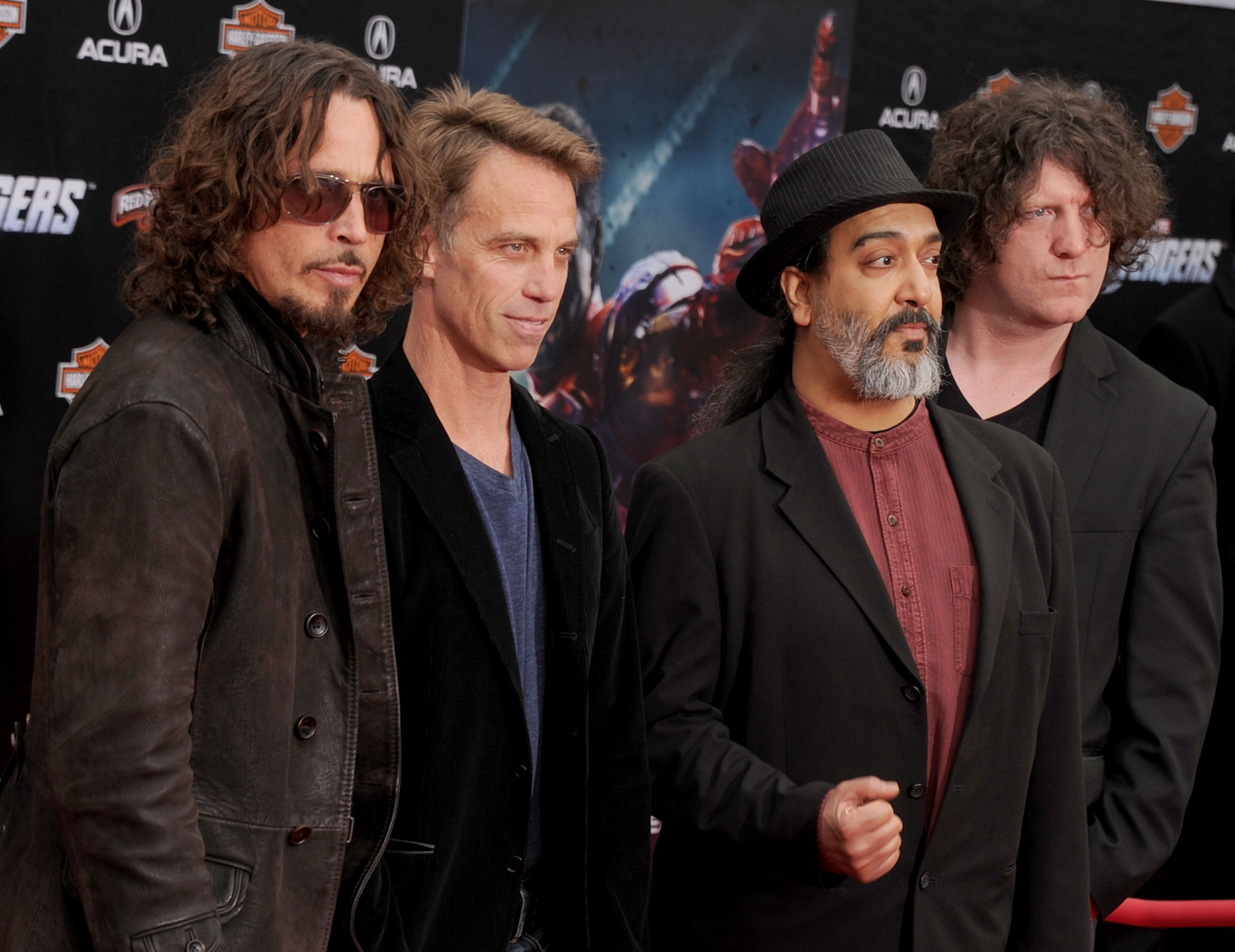NFL’s oldest stadium handed lifeline as doubts hit $4.7 billion project after 100 years of historic spectacles
The NFL’s oldest stadium is also its smallest. With a capacity of 62,500, the venue has occupied prime real estate on Chicago’s Lakefront since 1924. GettySoldier Field adopted its current form in 2002[/caption] GettyThe iconic bowl hosted the Century of Progress International Exposition in 1933[/caption] GettyThe Bears have played between the Roman colonnades since 1971[/caption] Known originally as the Grant Park Municipal Stadium, it cost $13 million to build — around $240million in current money. That was a huge price at the time as the Los Angeles Memorial Coliseum cost under $1 million in 1923. But the results were spectacular with an amphitheater capable of holding 74,280 people and the option to add additional seating to raise the capacity to over 100,000. The most striking aspect were the rows of Doric columns on the East and West entrances that formed a larger colonnade encircling the stadium with nods to Roman architecture in the world-famous Colosseum. By 1925 it had been renamed to Soldier Field as a memorial to US soldiers who died in combat. Since then, the iconic columns have hosted soccer World Cups, the Chicago Bears, the Chicago Fire, University of Notre Dame football and the Special Olympics. Perhaps the most legendary sporting event held there was the infamous ‘Long Count’ boxing match. Over 100,000 people packed into the stadium to see Jack Dempsey try and win back his heavyweight title from Gene Tunney in 1927. He sent his foe crashing to the mat in the seventh but forgot about a new rule requiring fighters to go to a neutral corner which cost him vital seconds and Tunney recovered to take a unanimous decision. Soldier Field was renovated to modernize the facilities and reduce the capacity in 2002. Despite keeping some of the iconic Roman architecture, it lost its status as a National Historic Landmark four years later. GettyThe downtown stadium is right on Chicago’s famous lakefront[/caption] View Tweet: https://t.co/3tOHrPsAOn Now, the hallowed field, which has hosted speeches by Amelia Earhart, Franklin D. Roosevelt, and Martin Luther King Jr., could be almost completely torn down. There is one glaring absence in Soldier Field’s storied history — a Super Bowl. The NFL‘s preference for indoor stadiums is well known and Chicago’s weather in February is not conducive to outdoor football. That is among the factors behind a $4.7 billion plan put forward by the Bears in 2024 to create a state-of-the-art new home on an adjacent site, while retaining the iconic columns in a public space. The vision would require $3.2 billion for the new stadium, plus $1.5 billion in infrastructure. “This is not an easy project, but Chicago doesn’t like it easy,” Bears president Kevin Warren said. The Bears, who have called Soldier Field home since 1971, want to contribute $2 billion, with $900 million in bonds from the Illinois Sports Facilities Authority, per ESPN. Mayor Brandon Johnson is behind the proposal, which envisions a translucent roof and huge glass panels to allow natural light in and a view of the Chicago skyline. “My administration insisted that any new project — especially one on public land — must deliver strong public benefit and public use for the City of Chicago, and I am pleased today that this plan does exactly that,” Johnson said. The colonnades would be preserved but the current stadium would be demolished and replaced by green spaces. A mall, promenade and plaza form part of the plan, which the Bears claim could bring in $8 billion of revenue for the city. An alternate option of moving to Arlington Heights looked to have fallen through but was given new life in a statement on Friday. The election of Jim Tinaglia as Mayor of Arlington Heights has opened the door to a potential relocation out of the city, with the Bears stating that “significant progress” has been made and informing Mayor Johnson that the lakefront plans are now on the back burner. “The Mayor spoke with executive leadership from the Chicago Bears, who indicated they intend to prioritize the development site located in the Village of Arlington Heights,” his office said in a statement. The team bought the site of Arlington International Racecourse for $197.2 million in 2021, with the view to owning its own stadium as opposed to being tenants of the city. The recent developments are a far cry from Warren’s previous comments. “I believe in Mayor Johnson,” he said of the lakefront scheme. “I believe in his staff, his vision; I believe in this city. “I don’t look at it as being a renter. I look at it as being able to develop a relationship, to be able to come together.” Whether the Bears redevelop or up sticks, there will be a new oldest stadium in the NFL as Lambeau Field once again takes center stage after hosting the 2025 NFL Draft. If the Bears ba

The NFL’s oldest stadium is also its smallest.
With a capacity of 62,500, the venue has occupied prime real estate on Chicago’s Lakefront since 1924.



Known originally as the Grant Park Municipal Stadium, it cost $13 million to build — around $240million in current money.
That was a huge price at the time as the Los Angeles Memorial Coliseum cost under $1 million in 1923.
But the results were spectacular with an amphitheater capable of holding 74,280 people and the option to add additional seating to raise the capacity to over 100,000.
The most striking aspect were the rows of Doric columns on the East and West entrances that formed a larger colonnade encircling the stadium with nods to Roman architecture in the world-famous Colosseum.
By 1925 it had been renamed to Soldier Field as a memorial to US soldiers who died in combat.
Since then, the iconic columns have hosted soccer World Cups, the Chicago Bears, the Chicago Fire, University of Notre Dame football and the Special Olympics.
Perhaps the most legendary sporting event held there was the infamous ‘Long Count’ boxing match.
Over 100,000 people packed into the stadium to see Jack Dempsey try and win back his heavyweight title from Gene Tunney in 1927.
He sent his foe crashing to the mat in the seventh but forgot about a new rule requiring fighters to go to a neutral corner which cost him vital seconds and Tunney recovered to take a unanimous decision.
Soldier Field was renovated to modernize the facilities and reduce the capacity in 2002. Despite keeping some of the iconic Roman architecture, it lost its status as a National Historic Landmark four years later.

Now, the hallowed field, which has hosted speeches by Amelia Earhart, Franklin D. Roosevelt, and Martin Luther King Jr., could be almost completely torn down.
There is one glaring absence in Soldier Field’s storied history — a Super Bowl.
The NFL‘s preference for indoor stadiums is well known and Chicago’s weather in February is not conducive to outdoor football.
That is among the factors behind a $4.7 billion plan put forward by the Bears in 2024 to create a state-of-the-art new home on an adjacent site, while retaining the iconic columns in a public space.
The vision would require $3.2 billion for the new stadium, plus $1.5 billion in infrastructure.
“This is not an easy project, but Chicago doesn’t like it easy,” Bears president Kevin Warren said.
The Bears, who have called Soldier Field home since 1971, want to contribute $2 billion, with $900 million in bonds from the Illinois Sports Facilities Authority, per ESPN.
Mayor Brandon Johnson is behind the proposal, which envisions a translucent roof and huge glass panels to allow natural light in and a view of the Chicago skyline.
“My administration insisted that any new project — especially one on public land — must deliver strong public benefit and public use for the City of Chicago, and I am pleased today that this plan does exactly that,” Johnson said.
The colonnades would be preserved but the current stadium would be demolished and replaced by green spaces.
A mall, promenade and plaza form part of the plan, which the Bears claim could bring in $8 billion of revenue for the city.
An alternate option of moving to Arlington Heights looked to have fallen through but was given new life in a statement on Friday.
The election of Jim Tinaglia as Mayor of Arlington Heights has opened the door to a potential relocation out of the city, with the Bears stating that “significant progress” has been made and informing Mayor Johnson that the lakefront plans are now on the back burner.
“The Mayor spoke with executive leadership from the Chicago Bears, who indicated they intend to prioritize the development site located in the Village of Arlington Heights,” his office said in a statement.
The team bought the site of Arlington International Racecourse for $197.2 million in 2021, with the view to owning its own stadium as opposed to being tenants of the city.
The recent developments are a far cry from Warren’s previous comments.
“I believe in Mayor Johnson,” he said of the lakefront scheme. “I believe in his staff, his vision; I believe in this city.
“I don’t look at it as being a renter. I look at it as being able to develop a relationship, to be able to come together.”
Whether the Bears redevelop or up sticks, there will be a new oldest stadium in the NFL as Lambeau Field once again takes center stage after hosting the 2025 NFL Draft.

Chicago will also hope a brand new stadium will help turn their recent fortunes around.
The Bears have been one of the NFL’s worst teams in recent years.
With No. 1 draft pick Caleb Williams under center in 2024, they struggled to a 5-12 record, finishing fourth in the NFC North.
That was the third-straight year the Bears finished bottom of their division, and this is a franchise that hasn’t seen the playoffs since 2020.

Head coach Matt Eberflus was fired last November, and while interim Thomas Brown did little to excite fans, the arrival of Ben Johnson ahead of 2025 certainly has.
Last season, Johnson called the league’s top-ranked offense in Detroit, and set multiple records as a highly sought-after offensive coordinator.
The Lions had six games of 40-plus points, and become the second team in NFL history to produce four different players with 1,000 scrimmage yards, and the first to do it with two wide receivers and two running backs.
Chicago will hope he can replicate that success with QB Williams and the Bears as head coach next season.
Stay up to date with the latest from the NFL across all platforms – follow our NFL Facebook page, subscribe to our talkSPORT End Zone YouTube channel for all the offseason news, interviews and more.



